The best waterproof cameras
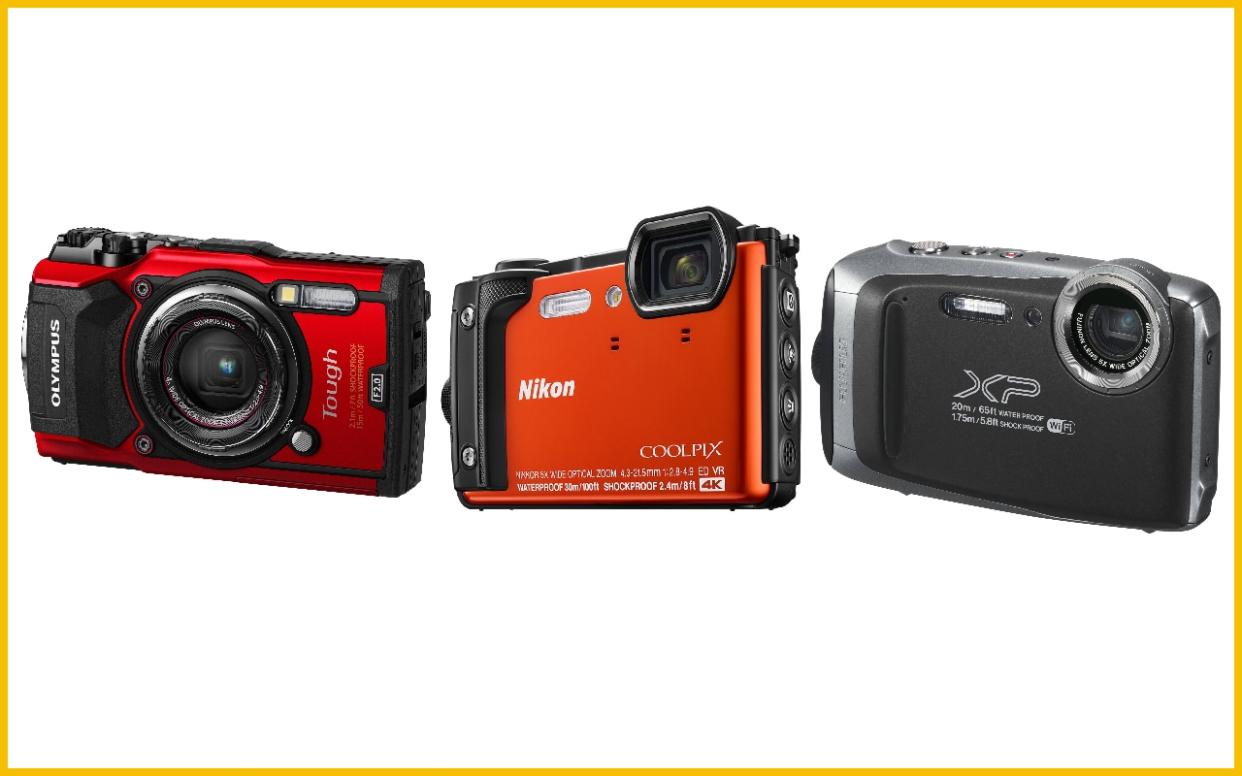
The waterproof camera is that rare thing in the camera world: a product that is yet to be threatened by the universality of the smartphone.
And the reason is simple: you can take your smartphone anywhere on land, but it doesn't cut it underwater. For submerged shots, you need something waterproof – and preferably rugged too, because the type of circumstances in which you take underwater photos also tend to be rather action-packed.
The best underwater cameras aren't only designed for aquatic use. They have all-round adventure in mind: they're rugged, capable of surviving drops, and generally prepared to follow you on your travels, whether it's hiking through a rain forest or diving to see coral.
We took a look at a range of rugged cameras on offer and picked and reviewed four of the best, to help you decide whether an underwater camera is right for you.
Here's what we found, starting with our favourite...
Nikon Coolpix W300
What we like about it: The underwater photos are second to none, capturing beautiful, colourful, detailed images

Anyone who has ever used a digital camera should know what they're getting with the Nikon Coolpix W300. In terms of design and function, it very closely resembles all those early digital cameras which were all the rage in the mid-2000s. Where it differs is in the waterproofing, which is the reason you're paying a lot more for it.
To be fair to Nikon though, that waterproofing is very good indeed.
In fact, the Nikon Coolpix is arguably the last word in waterproof camera technology. It offers a 16MP lens and 5x zoom as well as 4K (ultra high definition) video recording. It's better as a pure waterproof camera than its rivals, as it offers waterproofing up to 100 feet, or 30 metres, meaning it can survive even at depths normally frequented by professional or experienced deep divers.
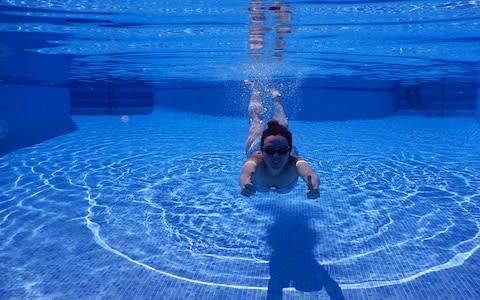
For my (far more casual) underwater jaunts with the Coolpix W300, I found it gave better, clearer underwater shots compared with the other cameras tested, although the controls are a little more fiddly and there are fewer settings for customising your shot.
If you want improved depth for scuba diving it performs best, while also having few exposed parts that might be damaged by dust or sand.
It also feels a little hardier than the Olympus Tough (which we'll get to in a minute). Not only can you take it further underwater but it also has a higher drop rating, of eight feet. The accompanying Nikon app was easy to use and connects your camera with Wi-Fi for direct sharing onto social media.
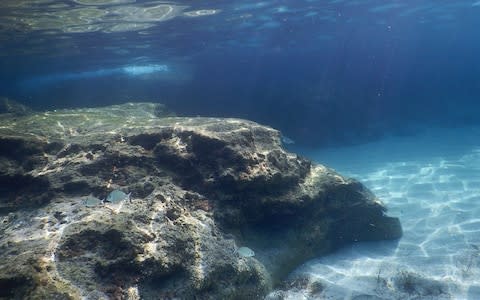
While the Nikon Coolpix W300 excelled under water, it proved less able on land. That's not to say the photos I took were bad per se – but they did look darker than I'd expect.
As you can see in the picture below, the light balance is a bit off. The photo looks darker and redder than perhaps it should.
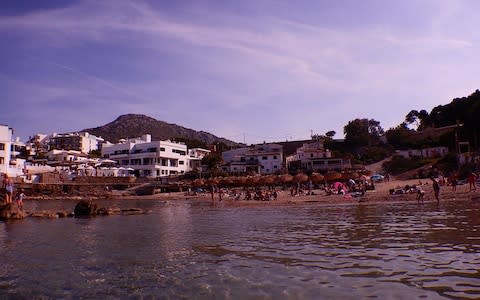
Ultimately, Nikon have crafted a well thought-out camera which does a fantastic job underwater and offers slightly better value for money than most waterproof cameras. It's also much easier to pick up and shoot with than its major competitors, which I would say is one of the most important features in a camera.
Olympus Tough TG-5
What we like about it: A solid, rugged piece of gear that takes great photos in and out of water

The other big name in waterproof cameras is the Olympus Tough TG-5. If you're buying a waterproof camera, chances are you'll be buying either the one we've just reviewed or this one.
Frankly, the margin between the Olympus Tough TG-5 and the Nikon is razor thin. In some aspects, particularly picture quality of normal "out-of-water" shots, it produces pictures that are as good, if not better, than the Nikon.
The device itself delivers with a serious build, able to withstand knocks, bumps and drops. It boasts a camera which is waterproof up to 15 metres and can withstand drops from 2.1 metres and even operate in conditions of up to minus 10 degrees celsius.
In terms of the internal specs, the Olympus Tough 12MP lens can capture videos in 4K definition, plus it is great for capturing light and contrast. It can also be used to film at 120 frames per second for slow motion movies, and it has a mode for capturing high definition super-close up shots. It has a battery of around 380 shots, although I found in practice it never lasted that long.
Overall, the Olympus fared better than the Nikon taking general photos and I preferred the results it was capable of getting with day-to-day photography. Underwater though, the pictures were noticeably blurrier and less focused than the Nikon.

I had some further niggles too. While the colours were a lot more lifelike on the Olympus camera, it seemed a little inconsistent. In some photos the colours really popped; in others things looked washed out.
Here are two photos I took on the same day with the same camera settings to show you what I mean:
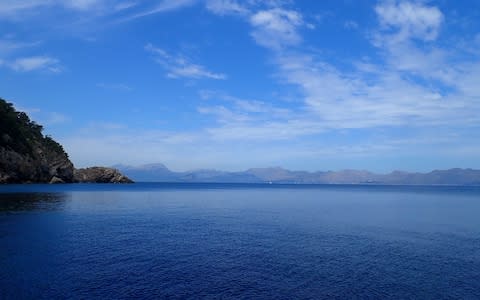
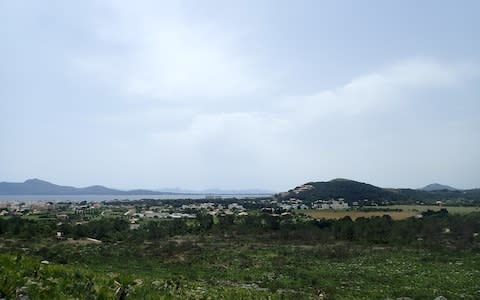
Another major gripe is concerned with the accompanying app, Olympus Image Share. One iTunes reviewer described it as "useless" and I'm inclined to agree. It is rife with bugs and connectivity issues and an almost inexplicable set up process.
Another annoyance was that the Olympus comes with various parts to fit before you can actually take it underwater, so it's not exactly the most seamless thing to set up.
Best of the rest
Fujifilm Finepix XP130

If, for whatever reason, you don't want to line of the pockets of Olympus or Nikon, you could also consider Fujifilm's waterproof camera. While it certainly isn't as developed as its stablemates, it's also significantly cheaper and very easy to use.
The Fujifilm Finepix is a decent budget underwater camera for beginners to photography, or those who just want a more sturdy point-and-shoot compared to more basic models. It has a 5x zoom lens and a 16.4 MP sensor.
It's waterproofed to a depth of 20 metres and is drop proof at 1.5 metres, meaning it should survive most drops or falls. It includes features like 10 frames per second for continuous shooting, although it lacks the 4K video footage that you find on the more expensive Olympus and Nikon models.
The general image quality is not quite up there with more premium cameras, but if you are on a budget or want a cheaper camera for taking on holiday, at under £150 it is a bit of a bargain.
GoPro Hero6
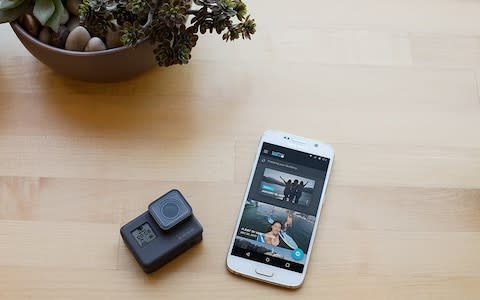
This is an action camera, which is a slightly different beast to the standard waterproof cameras we have reviewed, but in many ways it provides similar functions. It's not so useful for taking still shots, but for filming underwater a GoPro is one of the best and most durable cameras you can buy.
The GoPro Hero6 Black is built for 4K filming at 60 frames per second and 1080p at 240 frames per second. It has a 2-inch touchscreen that can be used to change settings, such as taking photographs or burst photographs.
There are limitations. Waterproof to up to 10m, it's not quite as hardy as our other tests. Its battery life is only around two hours and it only has a 12MP camera with limited zoom, so other cameras on this list would be better for still shots or using as a holiday camera.
A newer version, the GoPro Hero7 Black is now available, but for those who are just looking for a basic action camera, you can find last year's model for much cheaper.
Frequently asked questions about waterproof cameras
Who should buy a waterproof camera?
Waterproof and rugged cameras are perfect for those who take action photography to heart, whether that's for trekking in rain forests to filming on the beach, a waterproof camera should provide enough water protection to survive being submerged or splash damage.
Most waterproof cameras are also hardy, with touch exteriors that won't break under the normal wear and tear that would write off other cameras or smartphone lenses.
For some people, an action camera like a GoPro might be better than a more traditional style of camera. These are smaller, but can still take high quality pictures and 4K video, but do have some tradeoffs like small batteries and almost no zoom ability. You can find our breakdown of the best action cameras here.
The Telegraph has also taken a look at and reviewed the best other cameras you can buy, from cheap point-and-shoot and compact cameras, high-quality DSLR cameras and tiny, portable action cameras and GoPros.
What to look for in a waterproof camera
With a rugged camera, you will want to know some key things. Firstly, how waterproof is the camera. A good standard is around 10m of depth protection, but most of these cameras provide even more. Making sure the camera feels good and solid is also important to know it can withstand drops and falls. Most cameras will have a shock-proof standard.
Many other features apply to waterproof cameras like all cameras. Aperture size, megapixels and zoom are all points to look out for, while battery life remains important if you want to get plenty of recording time on for video.
More expensive cameras will also have added features like 4K footage, which adds to the price.


 Yahoo News
Yahoo News 
